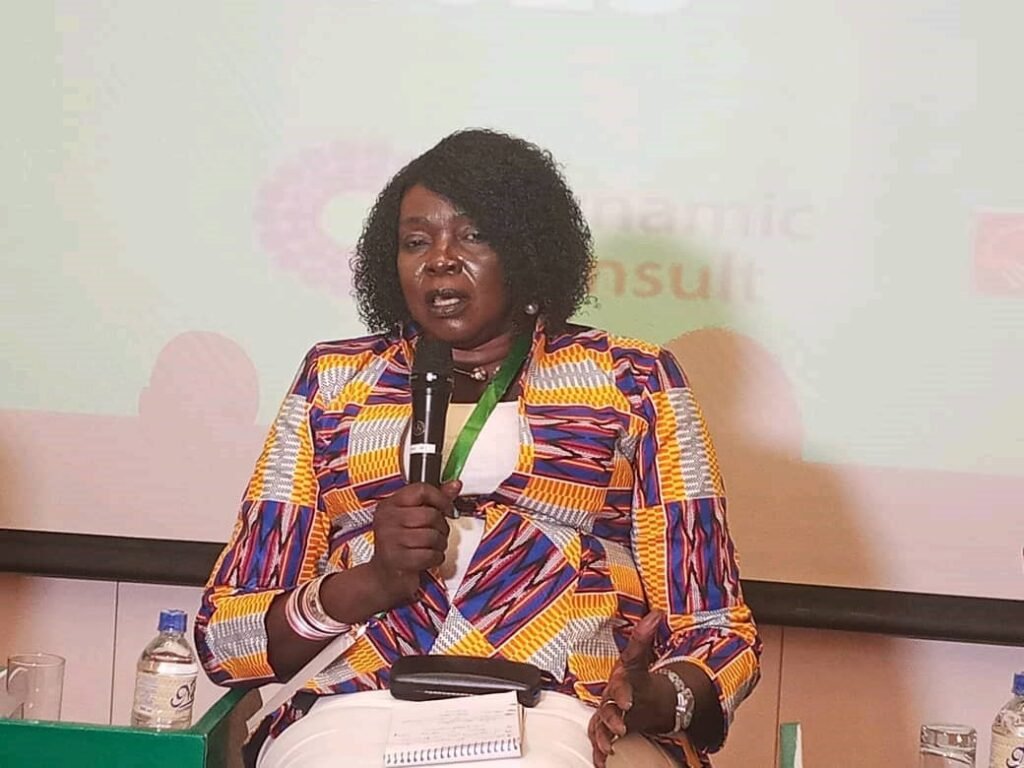By Richard Sultan
Reports of aflatoxin in Uganda’s maize spark jitters in South Sudan
On February 19th, Uganda’s Daily Monitor ran a story titled, Uganda’s maize posing cancer risks. According to the Daily Monitor, The National Agricultural Research Organisation (NARO) based in Kampala revealed that Ugandan maize, sorghum, and groundnuts contain 10 times or higher concentrations of aflatoxin than the safety threshold recommended by the World Health Organisation (WHO).
NARO’s Dr Godfrey Asea reportedly said Uganda’s maize poses a cancer risk to the consumer due to the high concentration of aflatoxin.
“Uganda produces about five million metric tonnes of grain per year, and from the research, samples of these grains contain up to 100 parts per billion of aflatoxins, which is higher than that recommended by the WHO (10 parts per billion),” he explained in an interview.
This report places South Sudan at risk as one of the lead consumers of Uganda’s products. Mary Gordon, Executive Officer at the South Sudan National Bureau of Standards (SSNBS), said the body needs support to strengthen its screening at the border to ensure that citizens are protected from such maize.
“We are aware of the report that Ugandan maize poses a cancer risk, and we are working hard to ensure proper border screening,” said Ms Gordon. She appealed to the business community and the public to focus on production to reduce the risk. She said that as an importing country, South Sudan would not stop trading in Uganda’s maize, as it has been done
by Kenya, but rather minimise it by encouraging production. “Kenya has closed its doors to getting maize from Uganda; are we going to do the same? “No, but we need to minimise the risk,” she said. She hopes that the business community will work hard and use the report to ensure that the appropriate amount of maize is imported into the country.
“Our health is at risk; we can be wiped out at any time due to poor products”, she said Her response never cooled the public fears but instead added flame to the already existing fire. Deng Daniel Makuei, a legal practitioner in Juba accuses the SSNBS of being the biggest obstacle to the lack of legislation on the quality of imported grains and flour in the country. “I sometimes wonder if there is a body such as SSNBS in the country.
Poor quality food gets imported in this country at will, no wonder, despite the flour we buy for our families, kids continue to get malnourished,” he said. Josephine Ityara, staff at a church rehabilitation centre for children living with disabilities says the poor quality flour consumed is the cause of malnourishment and kwashiorkor among most children they visit during homecare services.
“What we mostly do is advise them to usually go for organic diets like locally farmed grains to build strong immunity,” says Ms Ityara, adding that it is the only way to reduce the UN estimates of more than 1.5 million children suffering from hidden hunger.
However, despite the fallout, NARO responded to the media reports saying the stories had caused fear and alarm in the public about the quality and safety of maize in the market.
He claimed the report was misleading without considering its impact on consumers of maize, farmers and the market within and outside the country.
“The grain traders under the East African Grain Council and the Grain Council of Uganda are vigorously promoting and implementing capacity building in grain handling standards for increased safety, quality and crossborder grain trade.
The private sector has also significantly complemented government efforts by increasing capacity in post-harvest handling and grain storage, aimed at minimising contamination of grain by aflatoxin and any other mycotoxins meeting grain standards for trade,” said NARO in a statement on their website regarding the media report.
To date, over 180 modern grain silos of different sizes have been installed in the country to facilitate the safe storage of grain and consequently mitigate mycotoxins/Aflatoxins contamination.
Uganda produces about five million metric tonnes of maize annually thus, there is a gap in storage facilities that the Ministry is currently addressing.

